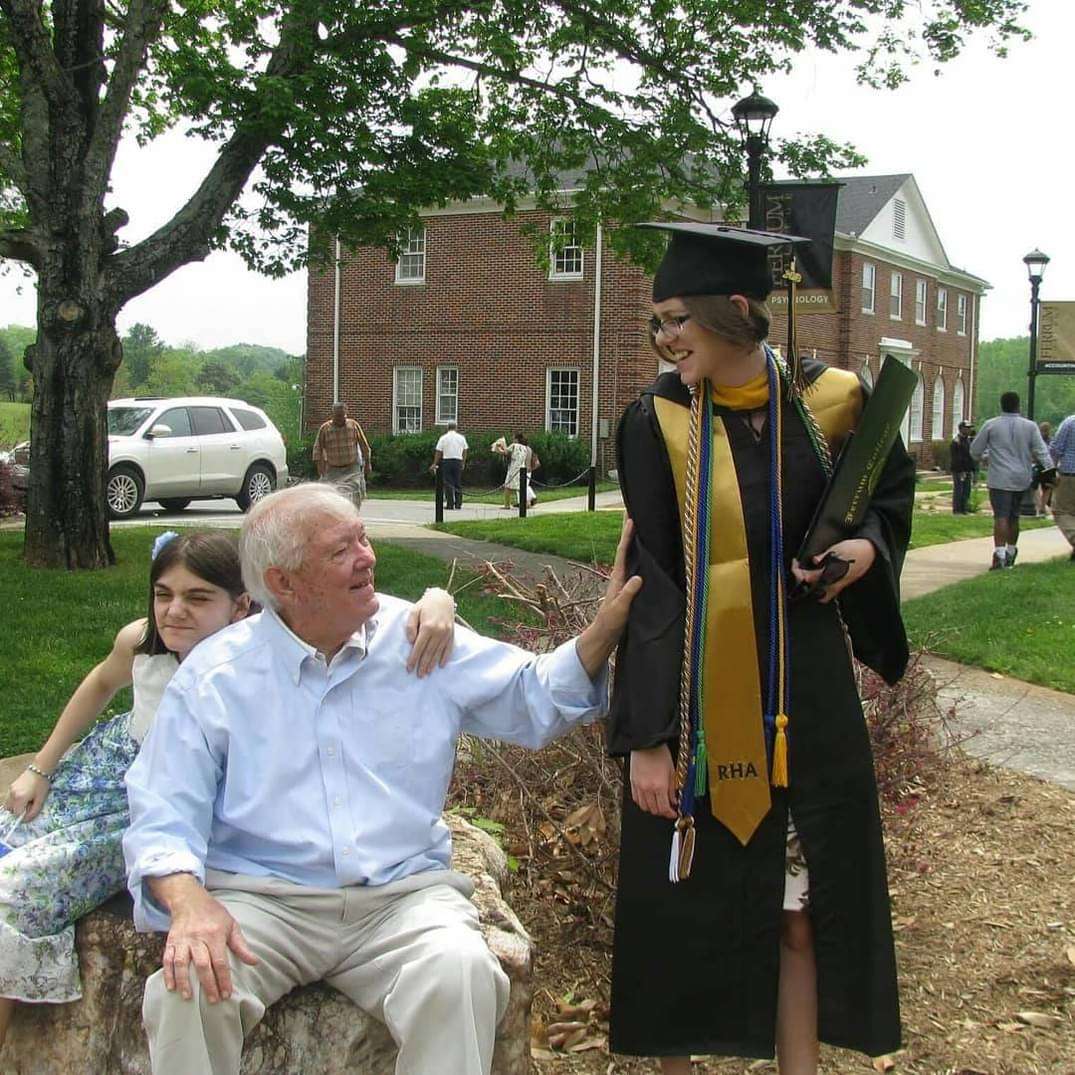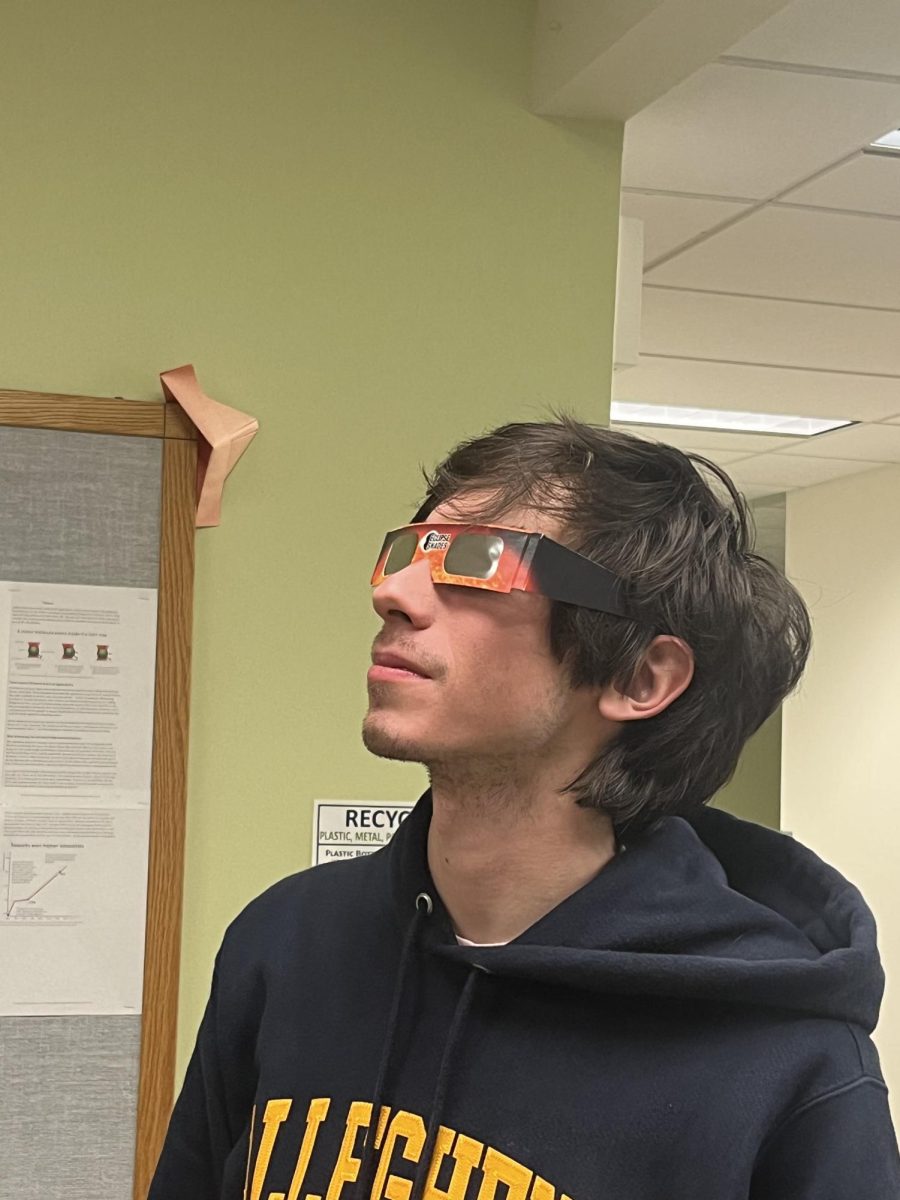For those with an interest in the politics of science, presidential debates can be bittersweet. Science policy is often left out of the national discussion that accompanies election season. To address the gap in this year’s election, a small organization by the name of Sciencedebate.org paired with popular magazine Scientific American to demand a debate on science. Early this month, they got their wish when presidential candidates President Barack Obama and Governor Mitt Romney submitted their answers to 14 science-related questions. Each candidate hopes to lead a country with a historically impressive scientific record into its yet undecided future.
In the years following WWII, the U.S. moved to the forefront of science and technology thanks to massive post-war research investments that ultimately carried a nation engrossed in an arms race to the moon and back. But federal funding for the physical sciences has since fallen, and countries like Japan, Switzerland, Israel and South Korea continue to devote a higher percentage of their GDP’s to research and development. American students lag behind their foreign counterparts in science and math in a time when we need more talented minds to revitalize the fields of science, technology, engineering and mathematics. Thus, the first question posed to the candidates becomes a very important one: “What policies will best ensure that America remains a world leader in innovation?”
For President Barack Obama, the answer lies largely in returning to and even exceeding space race funding levels for science. In 2009, the newly inaugurated president proposed an unprecedented doubling of federal funding to groups like the National Science Foundation, the Department of Energy and the National Institutes of Standards of Technology. Among those budget increases is a slight raise in non-defense related research and development spending, which is significant in a country known for devoting more of its annual research and development budget to defense-related research than most other countries.
Romney, on the other hand, would lower non-defense research and development by an estimated 5 percent. Romney’s solution is less direct than a federal funding campaign and slightly different in that it takes a step back. At the heart of Obama’s budget proposals is a sense that the ideal government acts as an “innovation facilitator” in a free market; it catalyzes innovation in the private sector through funding, but it also guides the market’s trajectory by creating national objectives and incentives for both basic research and applied technology.
But Romney eyes the skeleton of the system instead, and he focuses his efforts on issues like tax reform, incentives to attract skilled foreign immigrants and international trade policies. Romney seems to believe that if we build a strong, innovative economy as a whole, scientific progress will be the logical and necessary result. His plan aims to create a perfect storm of favorable economic conditions, so that we need only to sit back and reap the technological benefits of the free market.
According to a 33-page analysis released just last week by the Information Technology and Innovation Center, “Beyond getting the framework for macro-economic conditions right, it appears a Romney Administration would be less active in engaging at the micro-economic level, such as by developing national strategies to support innovation or advanced manufacturing.”
Of course, both candidates support federal funding for the type of long-term basic research that the market economy is unlikely to sustain. But the subtle differences of each position pose interesting questions of the manner of balancing the will of the free market and the expertise of the government in a way that could also bolster scientific research in the long term.
Nowhere are the candidates’ fundamentally different approaches to innovation more apparent than in their energy and environmental policies, the topic of several questions posed by the science debate survey. On one side, Romney sees the yet untapped resources of the old, fading oil industry as an unclaimed national treasure that might secure national energy sources for years to come. On the other, Obama argues that a comfortable return to oil dependency is a crutch and in many ways a short-term solution that will only hold back advances in clean energy.
Because of his support for traditional energy, Romney supports drilling, and in some cases hydrofracking, whenever possible; this includes the tapping of ecologically fragile areas like the Antarctic National Wildlife Refuge (ANWR). He has also supported the controversial Keystone Pipeline XL, which would transport crude oil refined from tar sands mined in Alberta, Canada underground through U.S. land.
Unlike Obama, Romney opposes the creation of “green” jobs, arguing that the process eliminates more jobs related to traditional energy than it creates with new, clean energy positions. He calls Obama’s quest to expand the green job market “unhealthy” and a poor choice for the economy. Economic concerns also guide his decision to oppose emission caps and carbon dioxide regulation, though carbon dioxide emissions along the east coast have dropped by 23 percent in the past three years.
Carbon dioxide, of course, exacerbates the problem of global warming. Obama calls climate change “one of the biggest issues of this generation,” but Mitt Romney seems to be on the fence. “I am not a scientist myself,” Romney’s answer begins, “but my assessment of the data is that the world is getting warmer…However, there remains a lack of scientific consensus on the issue…We must support continued debate and investigation within the scientific community.”
Romney’s answer is problematic here, because it mistakes what is actually upwards of 95 percent climatologist agreement with “a lack of scientific consensus.” Romney is not alone in his doubts; a survey conducted by Yale and George Mason University found that only 64 percent of Americans believed in global warming in May of 2011 (down from 71 percent in November 2008). About 40 percent “believe that there is a lot of disagreement among scientists,” and only 13 percent believe correctly that between 81 and 100 percent of scientists agree on climate change.
Despite his factual misses on climate change and perhaps energy policy, Romney’s answers to each of the 14 science policy questions are carefully and meticulously outlined in a way that Obama’s often are not. Many answers on both sides are unhelpfully vague, in part because the language seems to be inspired by previously existing campaign literature.
But where this debate has succeeded the most is in its prompting of members from all sides of the scientific community to discuss and debate issues amongst themselves–to call out the vagueness of some answers and reflect on what they are missing. The candidates may not agree to participate in a televised science debate anytime soon, but at least now they can feel the presence of the more than 38,000 scientists and curious citizens who called upon them to answer 14 written questions by signing a petition, and maybe also the millions more for whom the subtleties of their scientific policies are an everyday reality.









